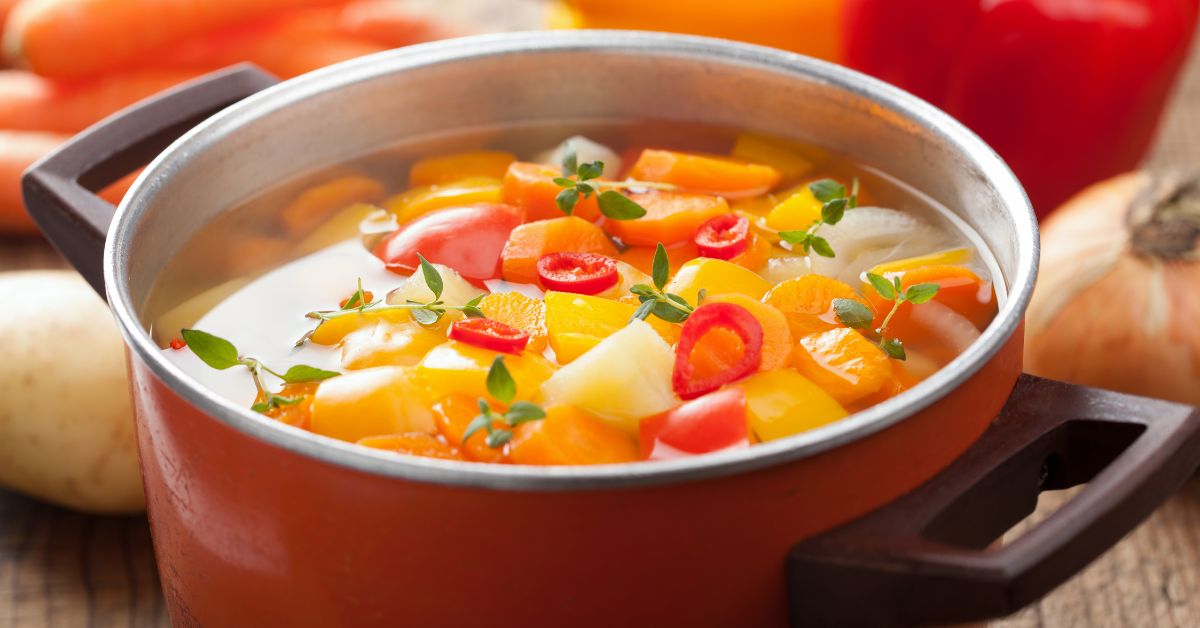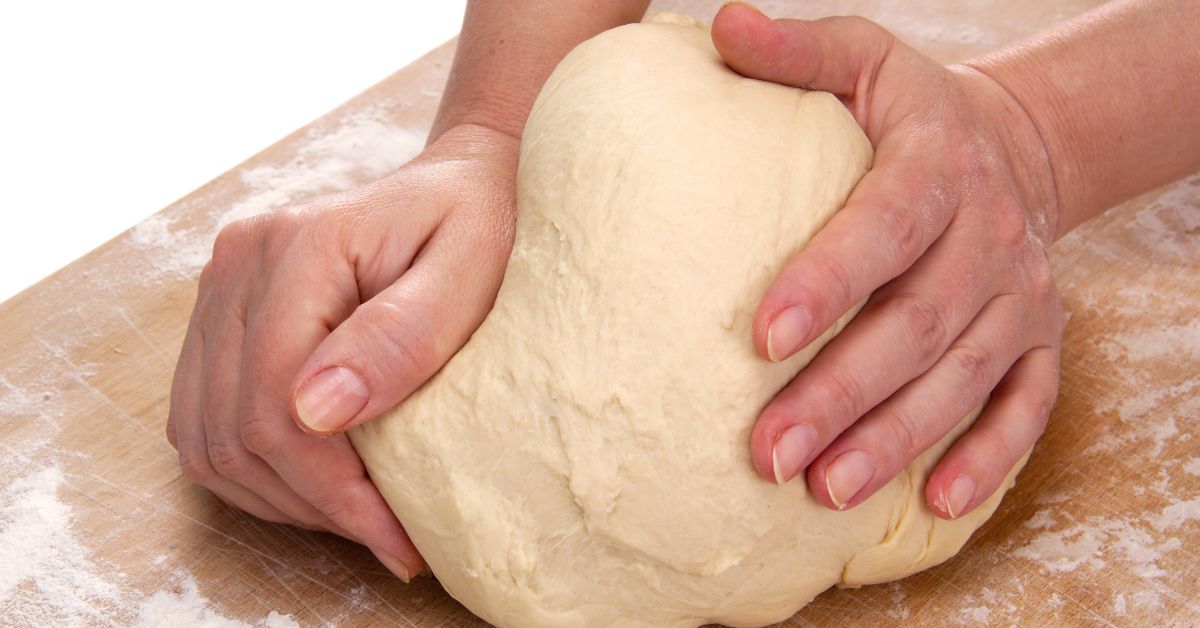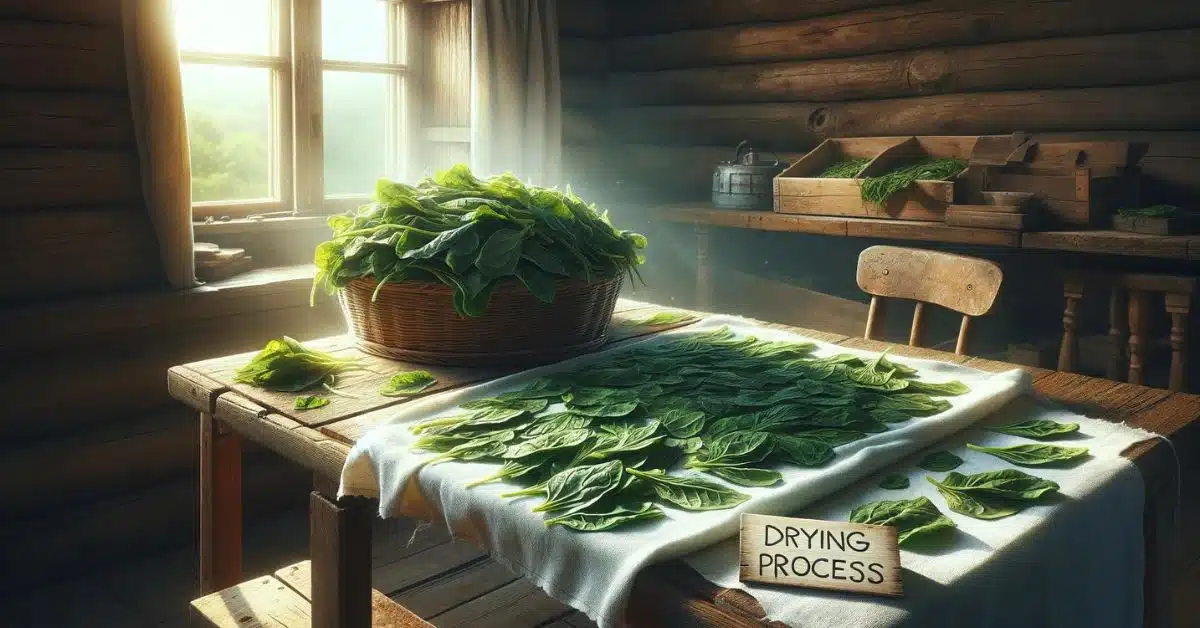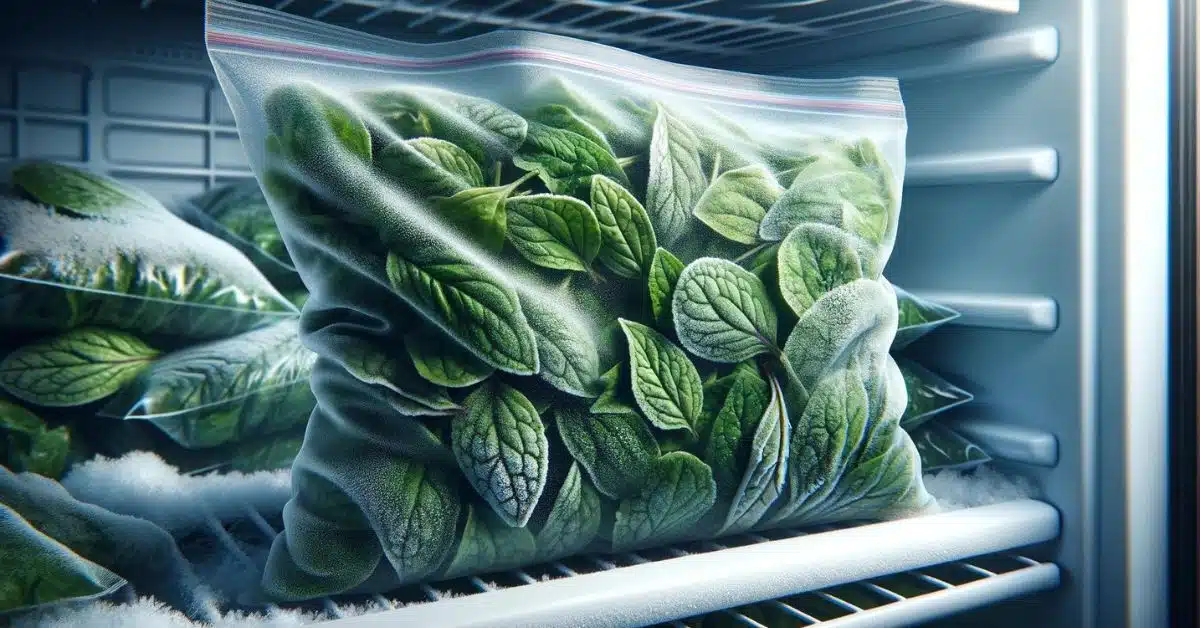Rhubarb is an extraordinary vegetable that is often mistaken for a fruit because of its sour taste. It is known for its high nutritional value and excellent taste, which goes well with both sweet and salty dishes. In this article, you will learn more about rhubarb, its use in the kitchen, processing and proper storage.
What is rhubarb?
Rhubarb (Rheum rhabarbarum) is a plant belonging to the mushroom family. It is known for its long, stalked leaves and main stem, which is rich in sour fruits. Rhubarb is grown for its edible stalks, which have an excellent taste and aroma. It is available in different varieties, the most common being red rhubarb and green rhubarb.
Using rhubarb in the kitchen
Rhubarb is a favorite vegetable in the kitchen, where it is used in a variety of dishes. Its sour taste is ideal for preparing cakes, desserts, compotes, jams and ice creams. It can also be combined with other fruits such as strawberries or apples to create refreshing desserts. In addition to sweet dishes, rhubarb also goes well with savory dishes such as sauces, salads or stews. It is a truly versatile vegetable that adds a unique flavor to many recipes.
Rhubarb processing
Processing rhubarb is relatively simple. First, the leaves need to be removed, as they are poisonous and should not be eaten. Then the stalks are cleaned of fibers and cut to the required size. Rhubarb can be eaten raw, but it is usually boiled or baked to reduce its acidity and give it a pleasant taste. Rhubarb should be covered when cooking to keep it moist and retain its texture.
Rhubarb storage
Proper storage of rhubarb is important to preserve its freshness and taste. Here are some recommended practices:
- Remove the leaves: Cut all the leaves off the rhubarb before storing. The leaves contain oxalates, which can be poisonous and should not be eaten.
- Refrigerator: The best place to store rhubarb is in the refrigerator. Wash and dry before storing. Then wrap it in damp paper or place it in a perforated plastic bag to retain moisture. Store it in the vegetable drawer where the temperature is around 4-5°C.
- Short shelf life: Rhubarb should be consumed as soon as possible after harvesting, as its freshness and flavor are quickly lost. It is ideal to consume it within a week of harvesting.
- Freezing: If you have more rhubarb than you can use, you can freeze it for longer storage. Before freezing, cut it into pieces as needed and wrap it in an airtight container or plastic bag with the air removed. Store in the freezer at -18°C or below.
Important tips
Choose only fresh and firm rhubarb for storage. Older, softened or bent pieces should be consumed as soon as possible. If you want to preserve the color of rhubarb, you can soak it briefly in water with lemon juice before cooking. Store rhubarb separately from the fruit, as it releases ethylene, which can cause early ripening of the fruit.
All about rhubarb
Rhubarb is an excellent vegetable that brings distinct acidity and a refreshing taste to dishes. Its use is diverse and can be added to many sweet and savory recipes. Correct processing and storage of rhubarb helps preserve its freshness and taste. Whether you bake, boil or freeze it, rhubarb is a great addition to your diet. However, remember that rhubarb leaves are poisonous and should not be eaten.
Rhubarb is rich in vitamins C, K, calcium, magnesium and fiber, which makes it nutritious and beneficial for health. It is also low in calories, which is an advantage for those who care about their figure.
Try different recipes with rhubarb, such as rhubarb cake, compote, jam or rhubarb side dishes for meat. It’s a great way to take advantage of its sour taste while indulging in a nutritious meal.
In conclusion, it should be emphasized that rhubarb is a seasonal vegetable and its availability is limited in spring and early summer. Therefore, make the most of it when it is available in the market.
Rhubarb is a truly unique vegetable with versatile uses in the kitchen. Its sour taste and nutritious content make it a popular addition to many dishes. Try different recipes and discover new tastes with this tasty and healthy vegetable.
Rhubarb questions and answers
What is rhubarb?
Rhubarb, also known as ground rhubarb, is a plant with long, sour stems that are eaten as a vegetable. Botanically, it belongs to the red family.
What is the use of rhubarb in the kitchen?
Rhubarb is used for its characteristic sour taste in the preparation of sweet and savory dishes. It is often used in desserts such as cakes, bubbles, jams and compotes. It can also be added to sauces, soups and vegetable dishes to add acidity.
When is rhubarb season?
Rhubarb is a seasonal vegetable that is most available and best eaten from April to June. Rhubarb is at its freshest and tastiest during this period.
How to store rhubarb?
Rhubarb should be stored in the refrigerator, usually wrapped in plastic wrap or in a refrigerator-friendly container. It lasts about 1-2 weeks, but the sooner you use it after purchase, the better its quality will be.
Can I eat rhubarb raw?
Rhubarb is best eaten after heat treatment, as its stems are sour and hard. It is common to boil, bake or steam it to reduce its acidity and soften the stems. Raw rhubarb is often used in salads, but its acidity may be too intense for some people.
Does rhubarb have any health benefits?
Rhubarb is rich in vitamin C, calcium, potassium and other important nutrients. It also contains fiber, which is beneficial for the digestive system. However, be aware that rhubarb also contains oxalic acid, which may have some effect on some people, especially those with a sensitive stomach or kidney problems. It is always a good idea to consult your doctor or nutritionist before consuming rhubarb, especially if you have any health concerns or are taking medication.



